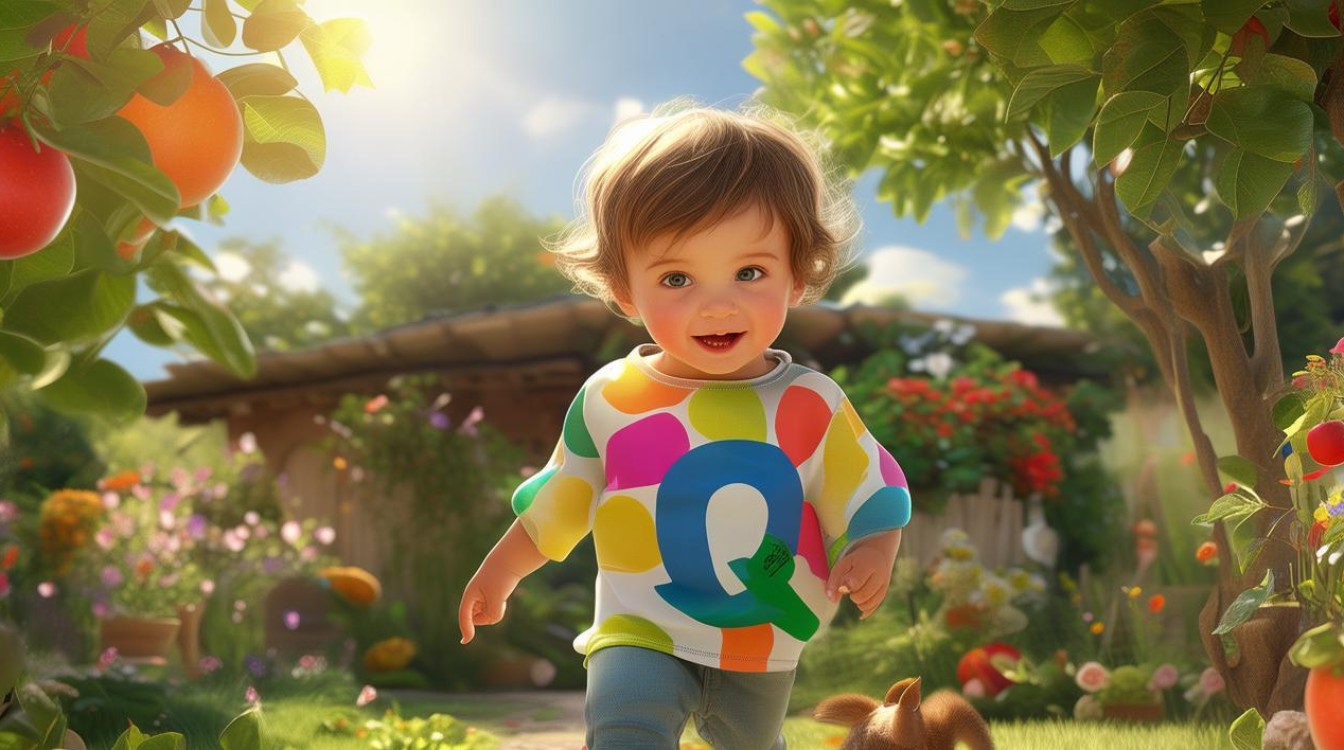Learning the alphabet is an exciting journey for young children, and the letter Q brings its own unique charm. While it may not be the most common letter, Q introduces kids to fascinating words that spark curiosity. This guide focuses on simple, engaging English words starting with Q, perfect for kindergarteners. With playful activities and easy explanations, children can build vocabulary while having fun.

Why the Letter Q Stands Out
The letter Q is special because it almost always teams up with the letter U. In English, "qu" creates a distinct sound, making it a great starting point for teaching phonics. Words like "queen" and "quick" help children recognize this pairing naturally. Since Q words are less frequent, introducing them early ensures kids feel confident when they encounter them in books or conversations.
Simple Q Words for Kindergarten
Here are some easy and common Q words suitable for young learners:
- Queen – A female ruler, often featured in fairy tales.
- Quack – The sound a duck makes.
- Quick – Moving fast.
- Quiet – Making little or no noise.
- Quilt – A warm blanket made of stitched fabric.
- Question – Something you ask to learn more.
- Quail – A small bird.
- Quarter – One-fourth of something, like a coin.
These words are short, easy to pronounce, and relatable to a child’s world. Reinforcing them through repetition and visual aids helps with retention.
Engaging Activities to Teach Q Words
Making learning interactive keeps children interested. Here are some effective methods:
Q Word Hunt
Create flashcards with pictures of Q words and hide them around the room. Ask kids to find them and say each word aloud. This combines movement with learning.

Storytime with Q
Read stories that highlight Q words, such as The Ugly Duckling (for "quack") or Alice in Wonderland (for "queen"). Pause to emphasize the words and ask kids to repeat them.
Arts and Crafts
Let children draw or color pictures of Q words. For example, they can make a duck and write "quack" underneath. Displaying their artwork reinforces word recognition.
Sing-Along Songs
Songs like Five Little Ducks include "quack," making it a fun way to practice the sound. Adding hand motions boosts engagement.
Letter Q Collage
Provide magazines or printouts of Q-related images (queens, quilts, etc.) and have kids glue them onto a large letter Q. This visual activity strengthens word association.
Common Mistakes When Teaching Q
Some challenges arise when introducing Q words. Here’s how to avoid them:

- Overcomplicating Words – Stick to simple terms like "queen" instead of "quintessential."
- Ignoring the "U" After Q – Always explain that Q is usually followed by U in English.
- Skipping Pronunciation Practice – The "kw" sound can be tricky, so model it clearly.
Expanding Vocabulary with Q
Once children master basic Q words, introduce slightly more advanced ones in context:
- Queue – A line of people waiting.
- Quiver – To shake slightly (like leaves in the wind).
- Quench – To satisfy thirst.
Using these in sentences helps kids grasp meanings naturally. For example:
- "We stand in a queue to buy tickets."
- "The rabbit quivered when it saw the fox."
Digital Tools for Learning Q Words
Technology can enhance learning with interactive games and videos. Some great resources include:
- ABCmouse – Offers letter-specific activities.
- Starfall – Features phonics-based Q word exercises.
- YouTube Channels – Songs and animations focusing on Q words.
Supervised screen time with educational content reinforces what kids learn offline.
The Role of Parents and Teachers
Adults play a crucial role in making Q words memorable. Here’s how to support young learners:

- Be Patient – Allow children to repeat words multiple times.
- Use Real-Life Examples – Point out a quilt at home or a quail in a park.
- Celebrate Progress – Praise efforts to build confidence.
Final Thoughts
The letter Q opens doors to playful and meaningful vocabulary. By using simple words, interactive activities, and consistent practice, kindergarteners can master Q sounds effortlessly. Keeping lessons light-hearted ensures children enjoy the process, setting a strong foundation for future language skills.
Encouraging curiosity about words fosters a lifelong love of learning. Whether through stories, songs, or crafts, every Q word learned is a step toward language fluency.



